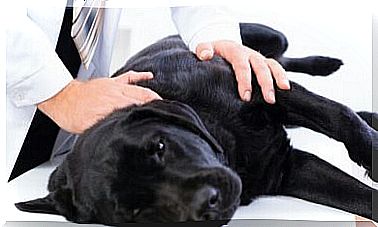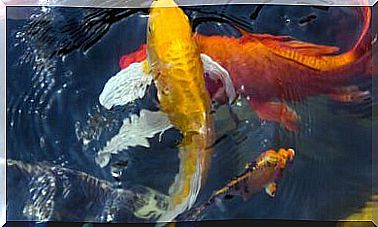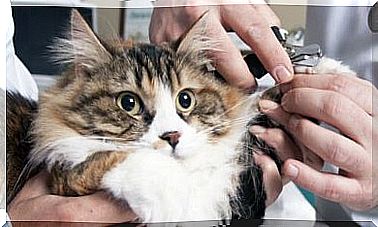Veterinary Medicines: Prescription And Responsible Use

The prescription and use of veterinary medicinal products are governed by a series of legal obligations which establish the conduct of professionals when prescribing or administering them.
The responsibility, however, does not fall only on the veterinarian, but also on the owners of the animals, who will have to follow the professional’s recommendations to the letter.
Prescription of veterinary medicines to companion animals
There is no doubt that the veterinary professional is the main link between veterinary medicines and the animal. The outcome of the treatment and the satisfaction of the owner depend to a great extent on his judgment, experience and correct behavior.
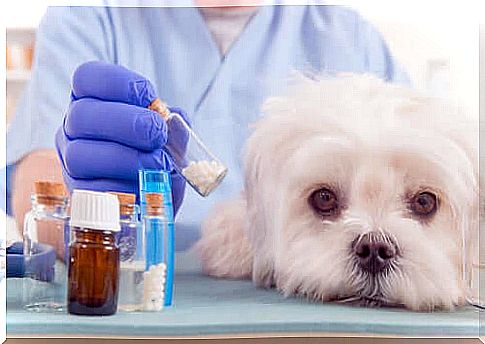
The legislation for the authorization of a drug intended for pets generally determines, according to the characteristics of the drug:
- The need for a precise diagnosis.
- The risks associated with its administration.
- The obligation of a veterinary prescription prior to administration. In Italy, the legislation establishes that veterinary professionals are the only ones authorized to prescribe veterinary medicines.
The pet veterinarian is obliged to prescribe drugs specifically registered for that animal and for that exact therapy. And, based on European recommendations, it will prescribe “as little as possible, but as much as necessary”.
This gives us an idea of how bad it is to abuse drugs, as well as use them less than you should. Drug abuse is, in fact, one of the reasons for the emergence of antimicrobial resistance, one of the most serious current problems.
In the absence of authorized veterinary medicinal products
Only in exceptional cases, in which there is no specific medicinal product, can an exceptional dispensing regime be used. This method establishes that, in the event of the absence of an optimal authorized drug, the veterinarian will be able to treat the animal on the basis of a series of established guidelines.
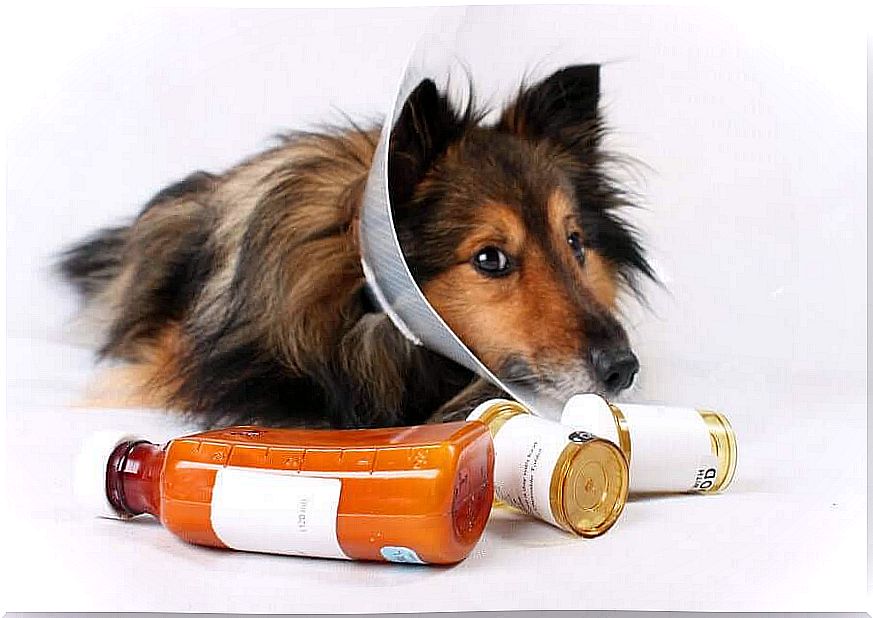
As a first alternative, a medicinal product authorized in the Member State in which the case is treated must be used, even if its authorization is for another species or another disease of the same species. In case this is not possible, the second option would be:
- Opt for a drug authorized for the aforementioned species and disease, but in another member state.
- Opt for a medicine for human use. This is the least recommended option.
Only in cases where none of the three previous options were possible, it will be possible to proceed with this last alternative. It consists in resorting to a veterinary medicine prepared at that moment for its exclusive use with that animal, obviously always by authorized personnel.
This alternative is certainly more delicate because the veterinarian assumes all responsibility for the choice of treatment. Even more so if the result of the therapy has negative effects on the animal.
Responsible use of veterinary medicinal products in companion animals
To ensure the safety of the animals and the success of the treatment, veterinary medicines must always be used in accordance with the recommendations indicated on the leaflet.
Ignoring any of these recommendations can mean stepping into unfamiliar terrain and, therefore, undesirable consequences.
Although all medicines must be administered in this way, the case of antimicrobials must be emphasized, in whose proper use lies the safeguarding of their future efficacy. In this way we contribute not only to animal health, but also to public health.

Reasonable use of veterinary medicinal products
Disease prevention
They make it possible to minimize the incidence of pathologies and, consequently, their treatment and the possible associated repercussions. Elements such as stress reduction, responsible nutrition, the use of vaccines and pesticides can reduce the incidence and severity of disease.
Diagnosis and treatment
Carrying out tests in the laboratory always helps to reduce the probability of error in the diagnosis and brings us closer to the causative agent in order to be able to treat it specifically. However, the time available to the vet is limited.
The same is true, in many cases, for the master’s economic resources. It is for this reason that there is so much confidence in the treatment.





